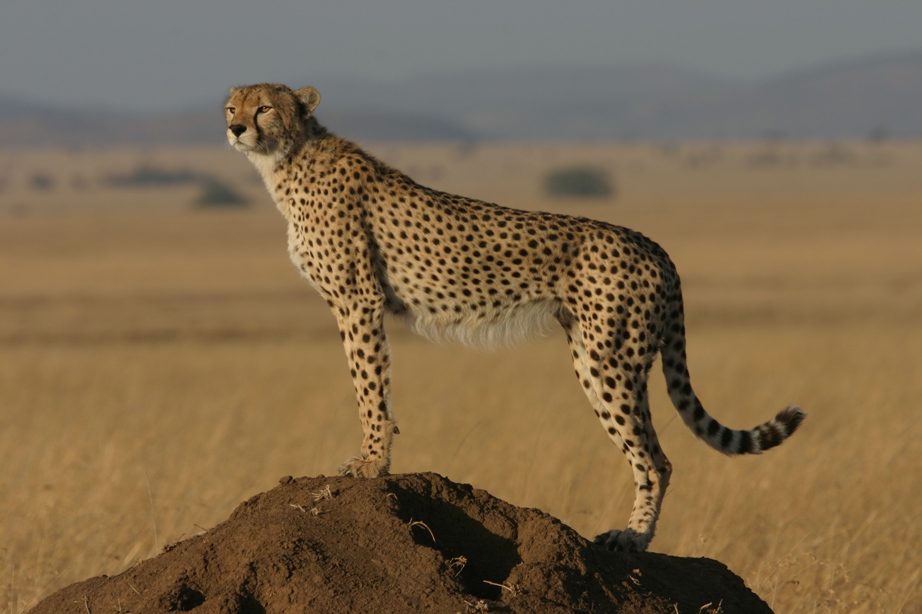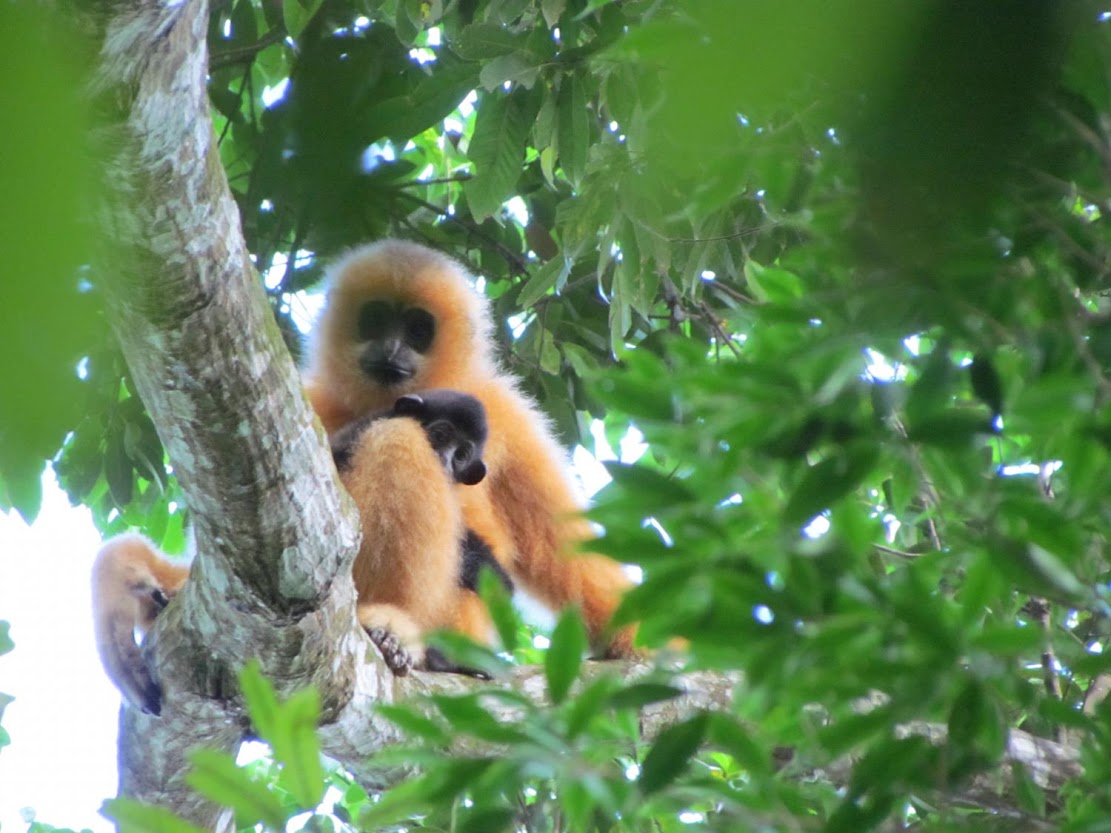The Great London [Search results for LIVE]
Environment: Wildfire on warming planet requires adaptive capacity at local, national, international scales

Natural Heritage: Scientists warn only 'simplified', degraded tropical forest may remain by end of century

Oceans: Almost all seabirds to have plastic in gut by 2050

Indigenous Cultures: First estimate of Pygmy population in Central Africa reveals their plight

Philippines: What Hunter-Gatherers can tell us about fundamental human social networks

UK: Excavation of Roman Cemetery nominated for British archaeology award

Forensics: Five things you can learn from a Roman skeleton

Natural Heritage: Sprinting towards extinction? Cheetah numbers crash globally

UK: British Museum to launch first major exhibition of underwater archaeology in May 2016

Palaeontology: Fossil of 425-million-year-old parasite found intact with its host

Indigenous Cultures: Unique social structure of hunter-gatherers explained

Genetics: A 100-million-year partnership on the brink of extinction

UK: More than one in ten UK species threatened with extinction

Endangered Species: Biodiversity falls below ‘safe levels’ globally

Greater Middle East: Ancient papyri deciphered by armchair archaeologists

Geology: Extraterrestrial opal discovered in Antarctic meteorite

Exhibitions: Egyptian mummies virtually unwrapped in Australia

Palaeontology: Africa’s earliest known coelacanth found in Eastern Cape

Natural Heritage: Bitter chocolate: Illegal cocoa farms threaten Ivory Coast primates

Natural Heritage: Ancient Chinese archives track decline of rare apes
